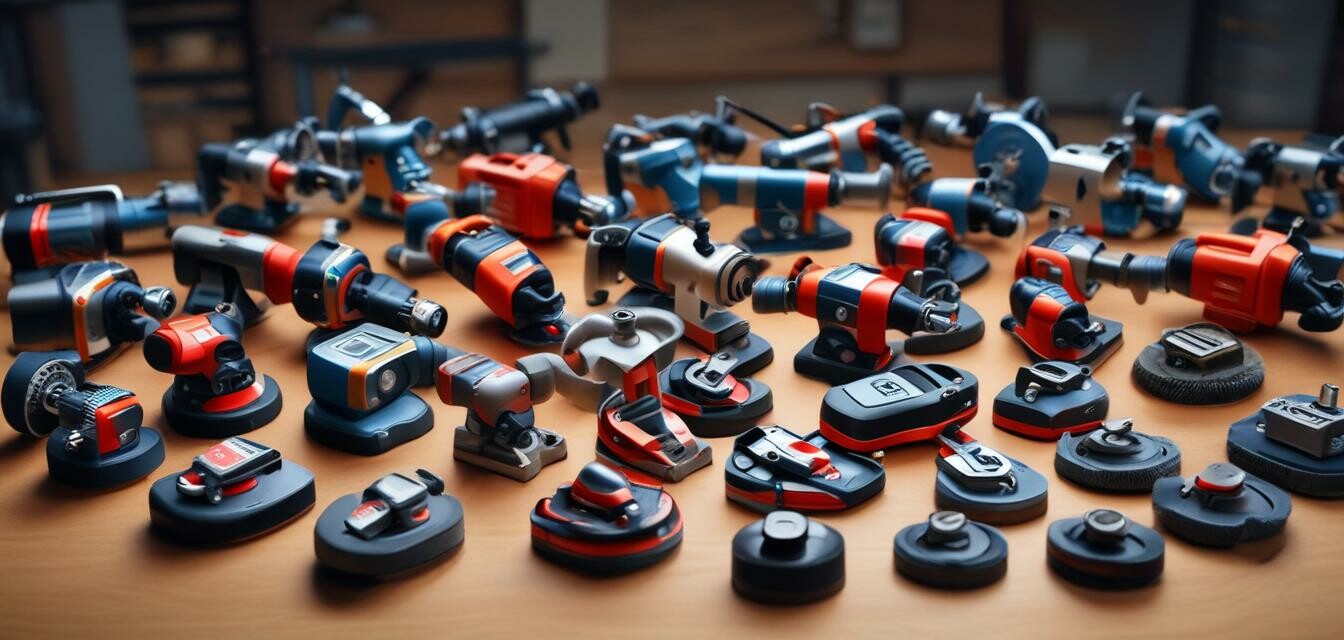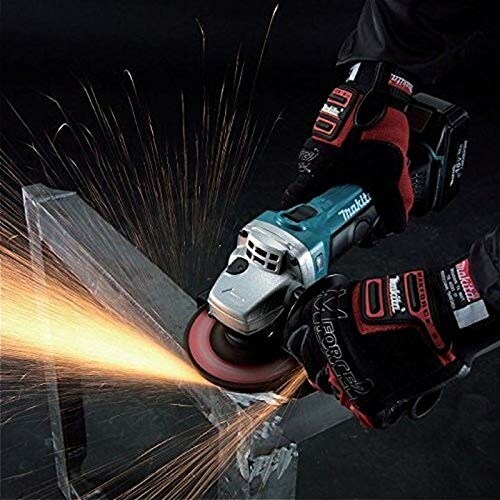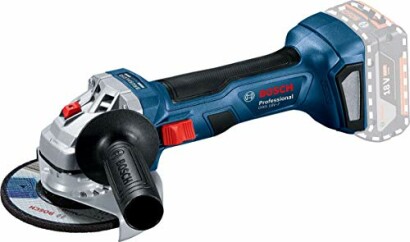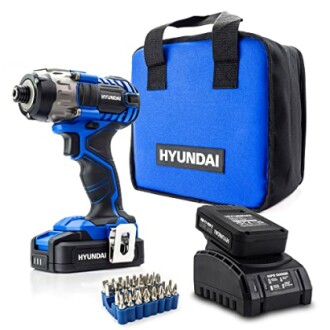
How to Choose the Right Angle Grinder
Key Takeaways
- Select power source based on usage; look for battery-powered for portability.
- Wheel diameter determines the grinding and cutting capabilities.
- Weight and ergonomics matter for prolonged use and comfort.
- Consider additional features such as automatic torque control or electronic limiting.
- Familiarize yourself with accessories such as protective guards and auxiliary handles.
Choosing the right angle grinder can enhance your efficiency and effectiveness whether you're a contractor or a DIY enthusiast. With various options in terms of power source, dimensions, and features, it can be overwhelming. This guide will help you navigate the selection process, ensuring you find the perfect tool for your projects.
Understanding Power Sources
Angle grinders come in different power sources, primarily corded and cordless. Cordless models provide excellent portability, while corded grinders tend to deliver consistent power for extended periods.
Corded Angle Grinders
- Consistent power supply
- No need to charge batteries
- Ideal for heavy-duty jobs
Cordless Angle Grinders
- Highly portable
- Convenience with battery packs
- Less maintainance with no cords to manage
Wheel Diameter
The diameter of the wheel significantly influences the grinder's capabilities. Common sizes range from 115mm to 230mm. The size you need depends on the materials you’ll be working with.
| Wheel Diameter | Typical Applications |
|---|---|
| 115mm | Light cutting, grinding, and polishing |
| 125mm | General purpose work; cutting metal tiles and bricks |
| 230mm | Heavy-duty grinding and cutting tasks |
Weight and Ergonomics
A key factor in choosing an angle grinder is its weight and ergonomics. A lighter model may be advantageous for overhead work or long tasks.
Tips for Comfort
- Look for models with a slim grip.
- Choose grinders with anti-vibration features.
- Ensure the weight is manageable for your specific tasks.
Special Features to Consider
Modern angle grinders come equipped with various features that improve usability and safety.
Common Features
- Automatic torque drive technology for consistent performance
- Electronic current limiters to prevent overload
- Anti-restart functions for safety
- Dust extraction compatibility
Product Recommendations
If you're ready to purchase, here are our top recommendations for angle grinders that combine performance with usability:
Makita DGA504Z 18V Li-ion Angle Grinder
Ideal for heavy-duty grinding applications, this cordless grinder features Automatic Torque Drive Technology for optimized performance.
Learn MoreBosch Professional GWS 18V-7 Cordless Angle Grinder
With a lightweight design and brushless motor, this grinder delivers the power and comfort you need for professional results.
Learn MoreHyundai 20V MAX Cordless Impact Driver
A lightweight impact driver perfect for driving large screws, featuring a 32-piece drill bit accessory set for immediate use.
Learn MoreConclusion
When choosing an angle grinder, focus on your specific tasks and understand how power sources, weight, ergonomics, wheel size, and features will affect your choice. Investing in the right tool can make a significant difference in your project's success.
Tips for New Users
- Always wear safety gear when operating an angle grinder.
- Familiarize yourself with the user manual for specific features and safety precautions.
- Practice on scrap materials to get a feel for the grinder's operation before starting actual projects.



